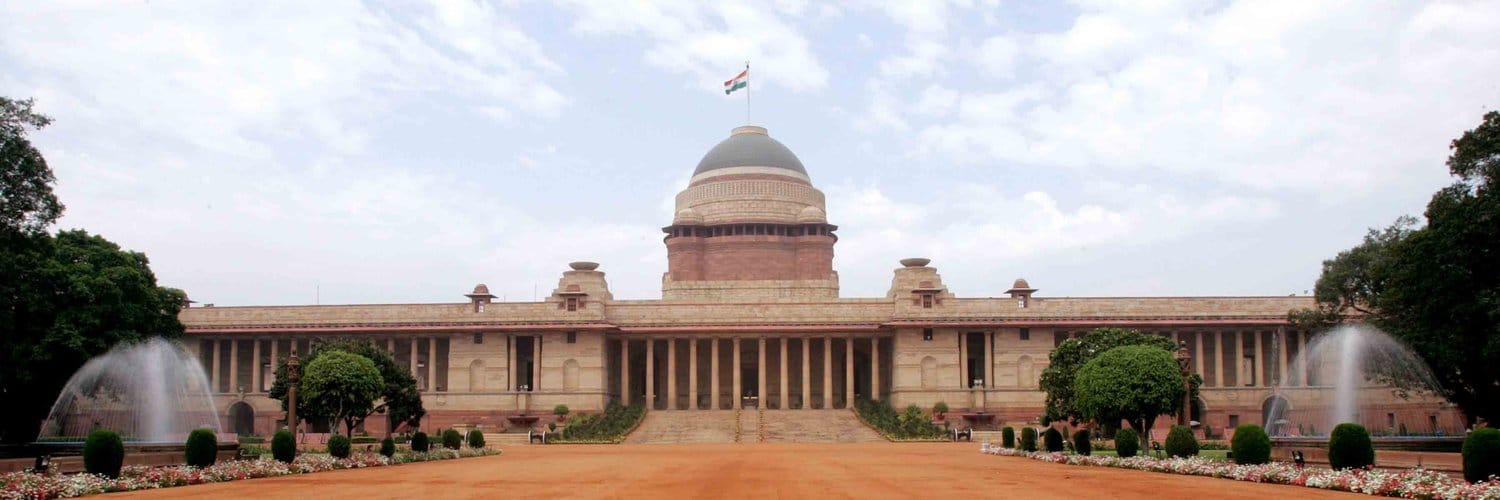
Crypto Trading Volumes In India Slumps Following High Taxes
- Crypto taxes in India could cripple the crypto community.
- Trade volumes have been low since the introduction of the 1% Tax Deducted at Source on July 1st.
The Indian government earlier this year announced the introduction of taxes on crypto earnings. The first was a 30% income tax, while the most recent tax was a 1% Tax Deducted at Source on crypto transactions, which it enforced from July 1st. However, these hefty taxes seem to have left traders discouraged.
Since July 1st, trade volumes on three popular Indian exchanges have dropped by almost 72.5% on average. This decline can be said to reflect the traders’ feelings on the new taxing policy. Exchange volumes plummeted from 37.4% on BitBNS and 90.9 % on CoinDCX on July 3. Despite a little stabilization from the lows, CoinGecko reports that volumes are still down 56.8% on average.
A recent tweet shared by the Indian YouTube channel Crypto India shared further insight into the low trade volume in the Asian country. The tweet claimed that low volume levels are the reason why exchange revenues are atrociously low. Three of the biggest exchanges in the country, WazirX, CoinDCX, and Zebpay brought in a collective $21,649 per day at the lowest volume levels.
How Will the Crypto Tax Affect India’s Crypto Community?
Some of the top Indian traders believe the 1% TDS and 30% tax would be detrimental to the development of the crypto community in India. Most importantly, the tax system could discourage crypto start-ups. Many firms are beginning to seek greener pastures abroad and operate in less demanding countries.
The 30% income tax was the first to destabilize the crypto community in India a few months ago. As expected, trade volume on significant crypto exchanges fell by as much as 90% just a few weeks after the crypto tax law went into effect. The decrease in trading activity was ascribed to traders either withdrawing their money from centralized crypto exchanges or choosing to hold their assets instead of trading.
A lot of cryptocurrency exchanges hoped that a tax would at least provide some level of recognition for the crypto community and make it simpler for them to secure financial services. But, the outcome has been the exact reverse.
According to Section 194S of the I-T Act, 1% TDS will be applied to payments for virtual digital assets or cryptocurrencies that exceed Rs 10,000 per year. In late June, the Central Board of Direct Taxes (CBDT) announced changes to the I-T Rules regarding the submission of TDS reports on Forms 26QE and 16E.
According to the new provision, whoever is in charge of providing payments for the transfer of a virtual digital asset (VDA) must deduct 1% of that money as income tax. The tax must be deducted at the time the resident’s account is credited with the amount in question or at the time of payment.
As a test to see how it affects the market, the tax will be in place for three months. Authorities want to see how the tax affects the market in the long run regardless of the present decline. The only things excluded from the tax are subscriptions to applications or websites, gift cards used to buy products or receive a discount, mileage points, reward points, and loyalty rewards without profit motives.







